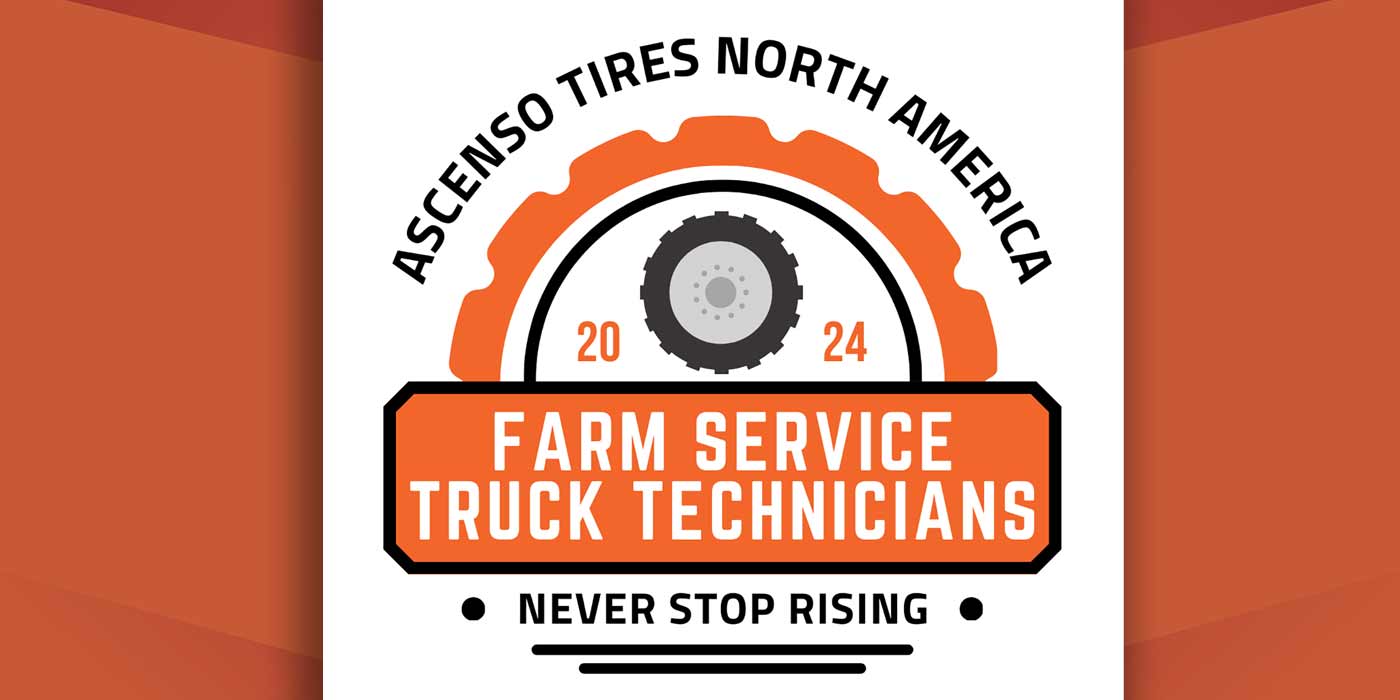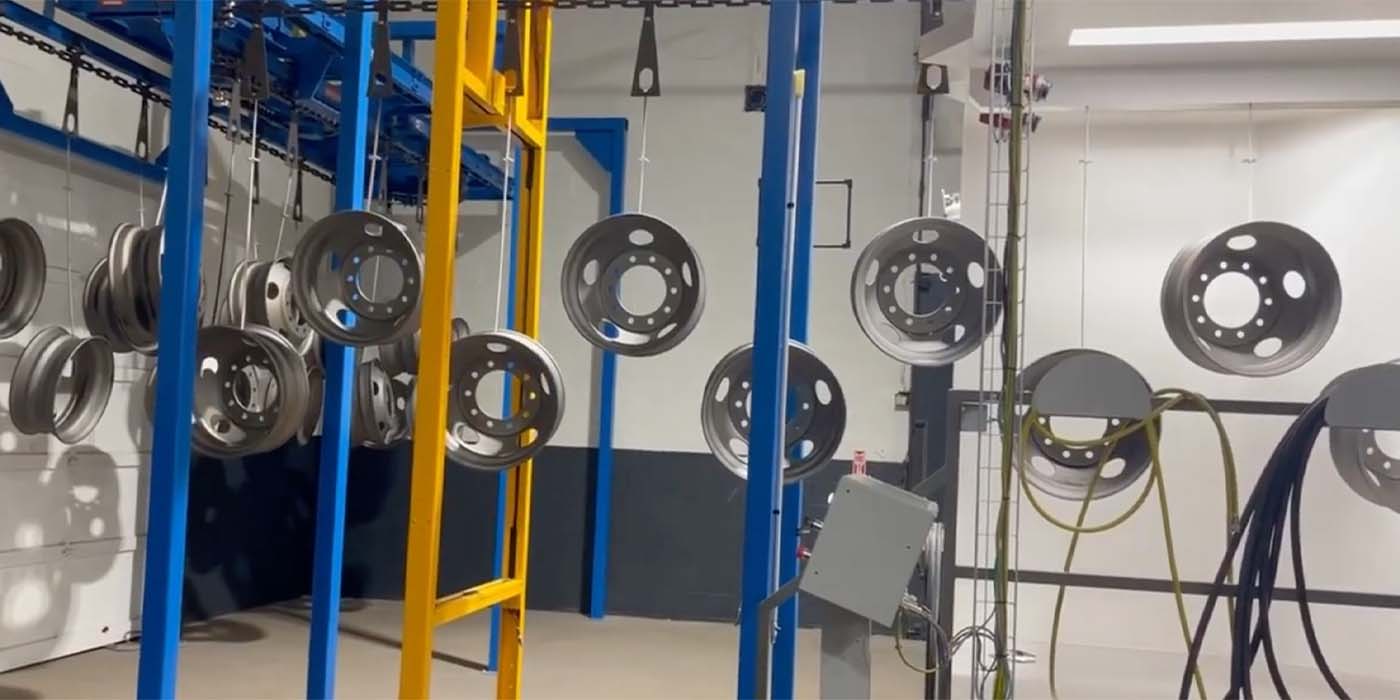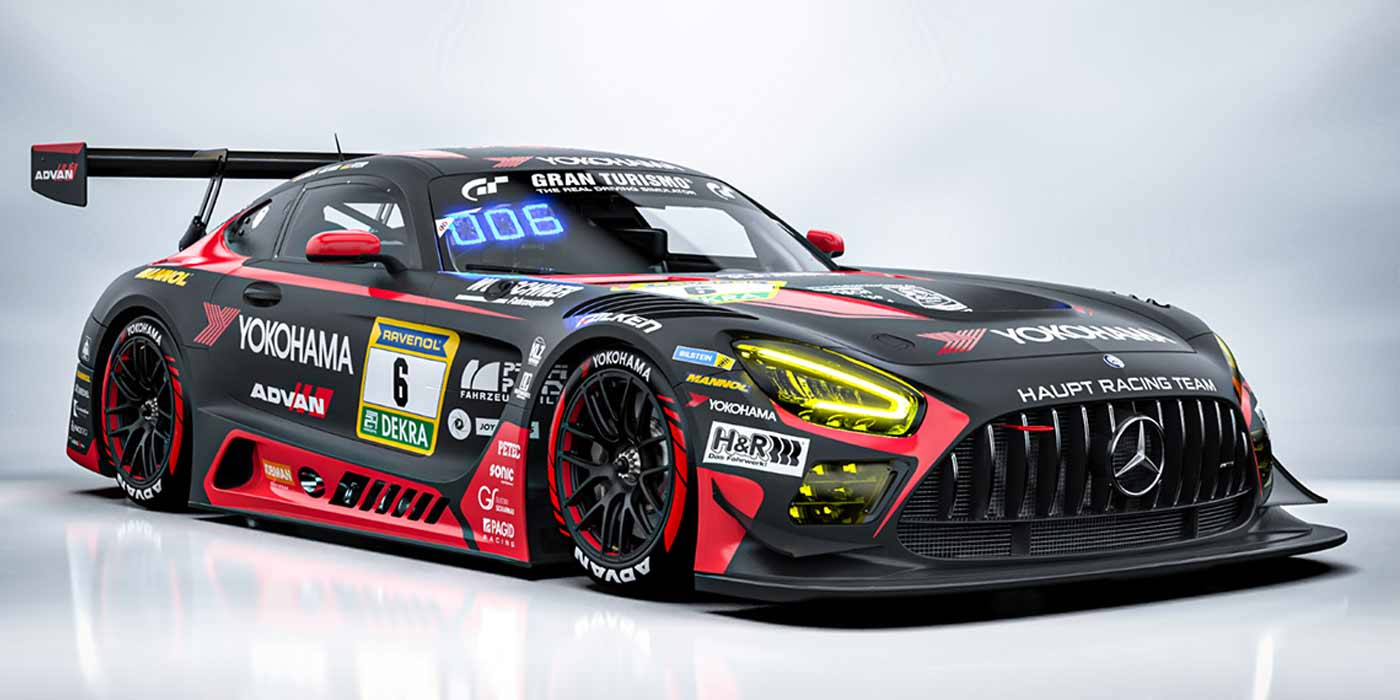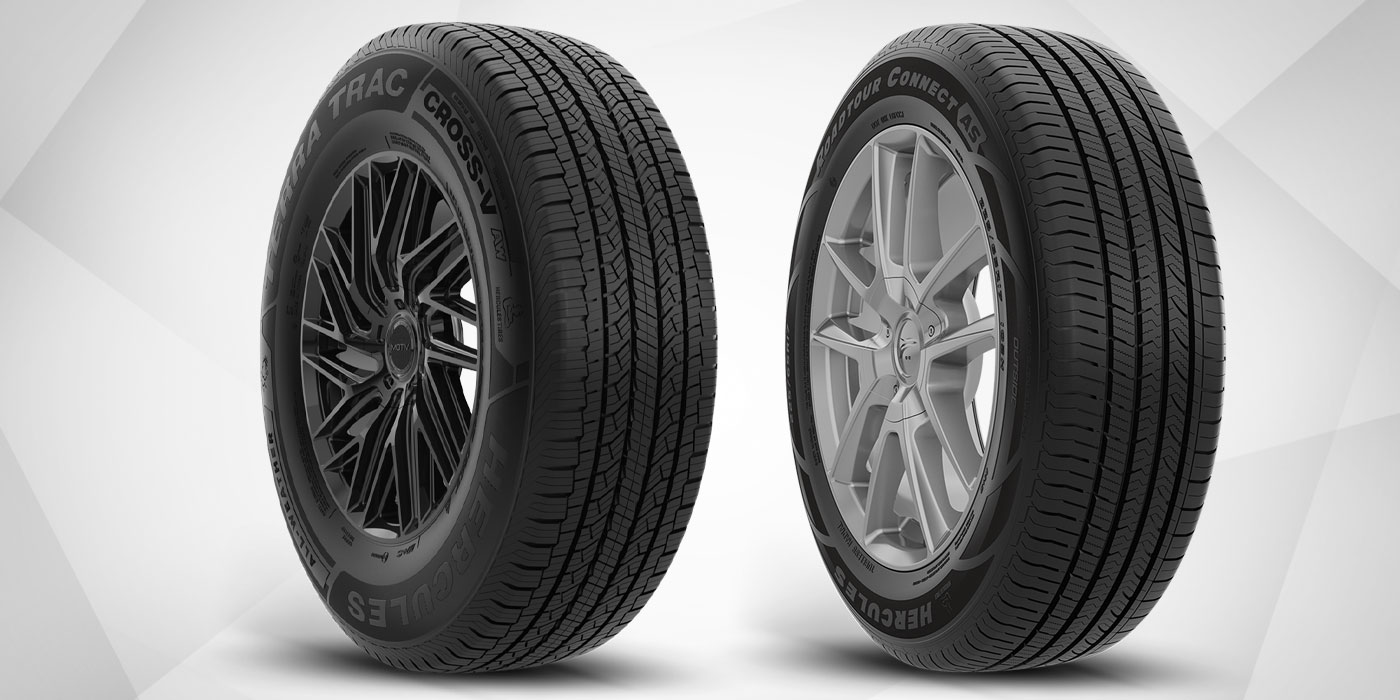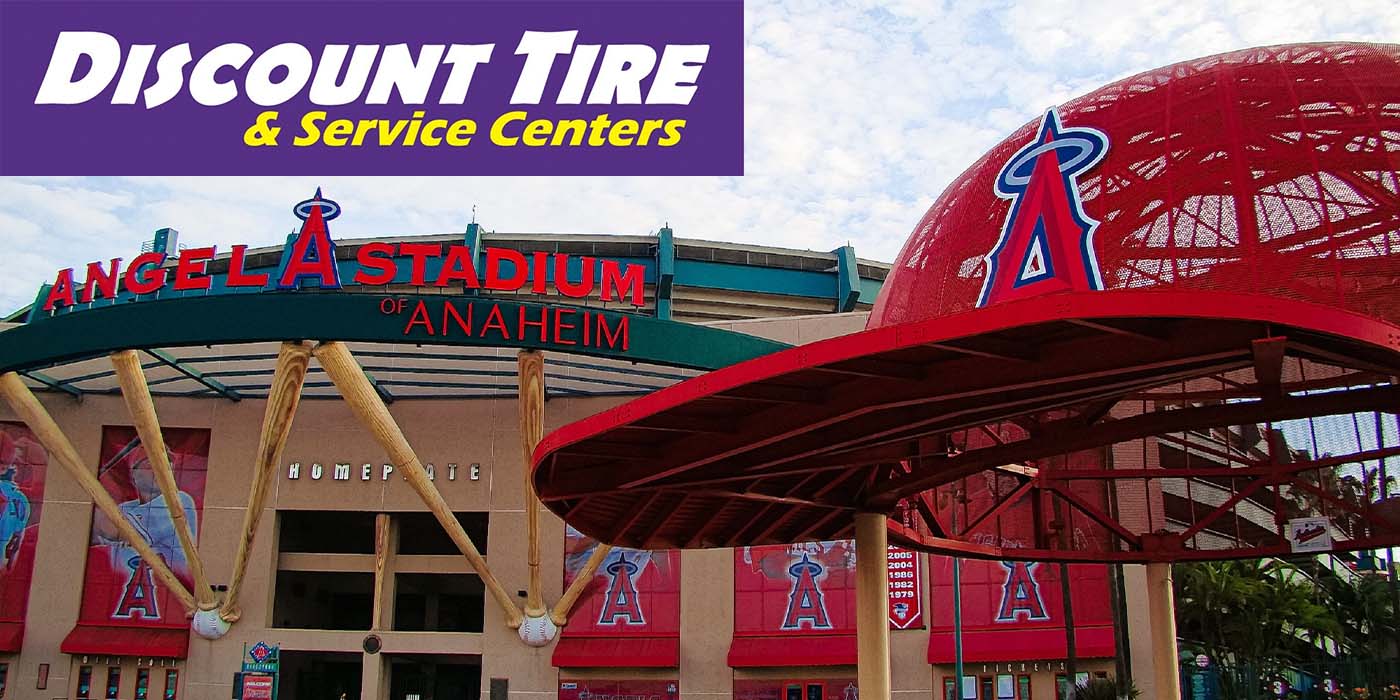As part of that EU program, an environmental labeling program is being considered, which would identify tires with particularly low rolling resistance (greater fuel efficiency). And a new requirement for noise emission from tires is also planned.
While this sounds good in principle, said officials of Continental AG, the resulting conflicts in tire development would cause significant reductions in traffic security.
Company experts criticize the rolling resistance label in particular, warning against tires designed for low fuel consumption only would be significantly worse at braking on wet roads than today’s tires.
Conti urges that braking properties should also be part of the assessment and also be classified with a corresponding label.
Dr. Burkhard Wies, head of replacement passenger tire development at Continental, answered a number of questions:
Question: Why do you advise against labels on tires which only focus on rolling resistance?
Wies: Designing tires for low rolling resistance only is no great technological problem today, even for the cheapest and simplest manufacturer. The question, rather, is how the other safety-related properties such as braking on wet surfaces are achieved.
A tire is always a compromise. If rolling resistance is to be low, this will result in reduced braking properties on wet surfaces in simple products, for example. We cannot accept such developments that would inevitably cause more accidents.
The current ADAC winter tire test proves that even quality products which are designed for extremely low rolling resistance and high mileage are 10% worse at wet braking than tires with good all-round properties like the ContiWinterContact. Editors of the German magazines "auto motor und sport", "AutoBild" and "Stiftung Warentest", for example, also came to similar conclusions. Their test parameters are designed to evaluate safety and environmental aspects equally. In this they are exemplary, as they do not ignore the safety of road users.
Question: How great are the differences?
Wies: We are talking about eight meters when braking from a speed of 100 km/h. Cars on tires with poorer braking qualities, designed with a single focus, would still be traveling at 35 km/h! This is not acceptable. Good tires must combine low rolling resistance and good braking properties. Anything else would be a clear step backwards in terms of road safety, which would not only affect car drivers, but also playing children, pedestrians and cyclists.
In the European Road Safety Charter, the EU undertook to halve the number of deaths in road accidents to 25,000 by 2010. That should be the overriding theme.
Question: If the EU wants to incorporate environmental aspects, what do you suggest?
Wies: No one with a sense of responsibility in the tire industry would argue against the environmental aspect of the catalogue of demands. At the same time – and this is an extremely urgent recommendation – stricter, clear labelling must be introduced which also classifies grip on wet surfaces.
The current ECE 117 regulation requires a braking distance on wet surfaces that can only be viewed as a minimum requirement. New, really clear labelling would have the advantage that drivers would then really have a choice. At the same time, it would warn against fitting tires with poor driving properties. Such labelling would be our minimum requirement in terms of consumer information.
This recommendation is also shared by the ADAC and ETRMA, the umbrella organization for European tire manufacturers. Classification like that of refrigerators would in no way reflect the complexity of tires as high-tech products.
Question: At the same time, the EU wants to reduce the thresholds for noise emission significantly. What is your opinion on this?
Wies: This is a similar conflict to that of the safety-related driving properties. If noise emission of tires is to be reduced further, the driving properties on wet roads would inevitably suffer. The fewer treads a tire has, the quieter it is. The quietest would be a slick tire, like those used in Formula 1. However, for normal everyday cars, this is not an option. This type of tire has extremely poor braking qualities on wet roads; its hydroplaning properties would be completely unacceptable.
Question: What other ways are there to reduce noise emissions in road traffic?
Wies: The legislator often forgets that noise is caused by both the tire and the road surface. For this reason, regulations partially fail to deal with the problem. In cities in particular, tires are not the cause of road noise. In city traffic, motor noise when starting, braking noise and other sources such as drain covers or road markings are the main culprits. Some damping in these places on or in the road would be a great improvement without changing tire designs. At speeds between 60 and 100 km/h, it is a different story. At such speeds, tires emit noise. At over 100 km/h, the wind noise from the car body is the loudest of the noise emissions.
So, we are speaking of a relatively small speed range for tire emissions. And we are sure that in particular the European tire industry already has very quiet high-quality tires. If all tires – even cheap imports – were at the same level of noise emission as the quality manufacturers, this would be a big step. Focusing solely on tires here is also insufficient, as the road surfaces are also responsible for a large part of the noise caused. New road designs could reduce noise emissions by around 10 decibels – without affecting the safety-related properties of the tires.
Question: What solution do you suggest?
Wies: In the interests of road safety, we urgently recommend that solutions other than tires alone be found and regulated. The EU’s agenda includes halving the number of road deaths – the measures planned are not realistic ways to reach this goal.
Even referring to the fact that cars are now fitted with an ever-increasing number of driver assistance systems does not help much as these systems always require maximum performance from the tires. Tires are the only surface contact between the vehicle and the road. Introducing well-meant but unrealistic regulations would be a significant step backwards in terms of traffic safety.
Question: What do you suggest? After all, everyone knows about the problems of environment and safety.
Wies: In the U.S., from 2010 every new car will have to have ESC as standard. This would also make sense for Europe, as the vehicle stability control system would reduce the causes of accidents. Tire pressure monitoring systems are easier to fit, and can also be retrofitted to older vehicles. Drivers would receive warnings if the pressure drops below the correct inflation pressure, meaning that the tire would always be at the correct air pressure. This would allow millions of tons of CO2 to be saved quickly and without much effort.
At the same time, accidents caused by tire blowouts would largely be prevented – an excellent contribution to the European Road Safety Charter, which aims to halve the number of road deaths. In the EU however, legislators have already taken measures which require tire pressure monitoring systems in all new vehicles from 2009 – which we welcome as a meaningful contribution to protecting the environment and road safety. (Tire Review/Akron)




